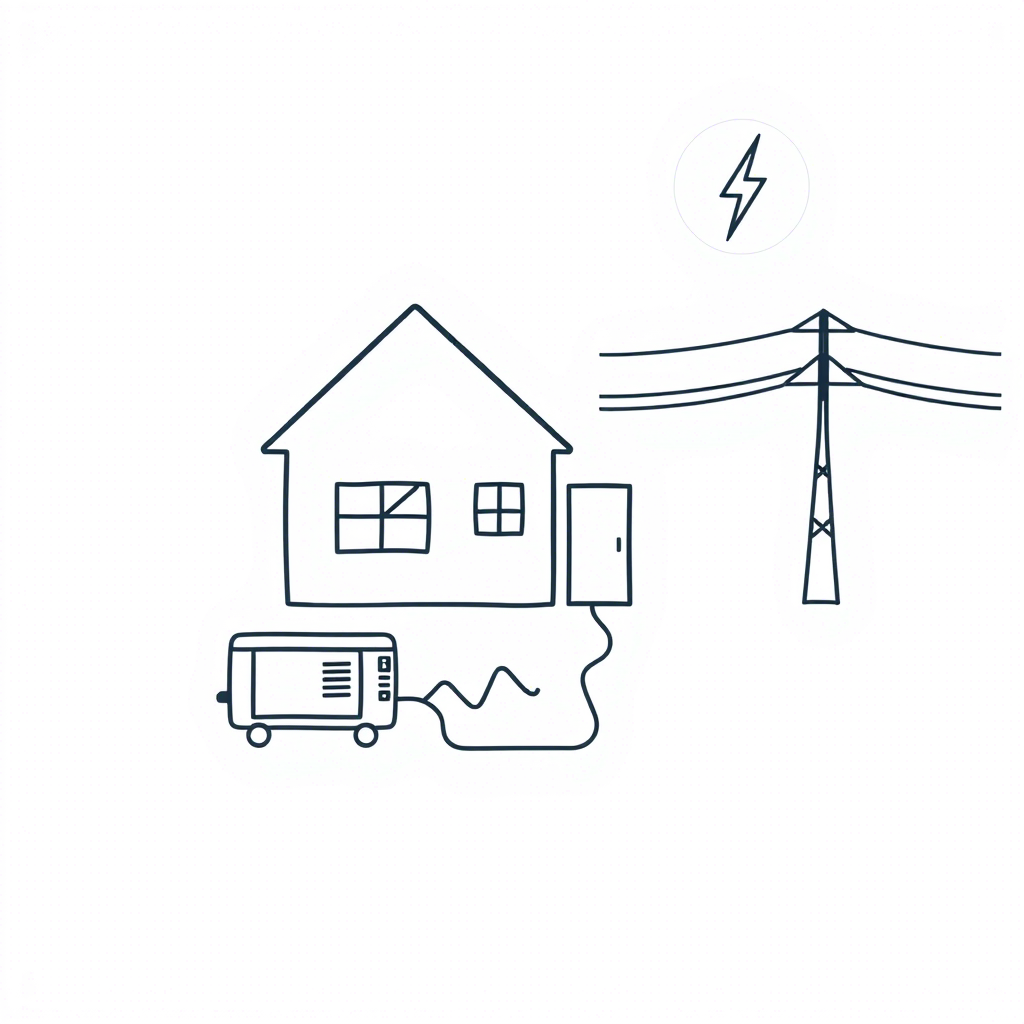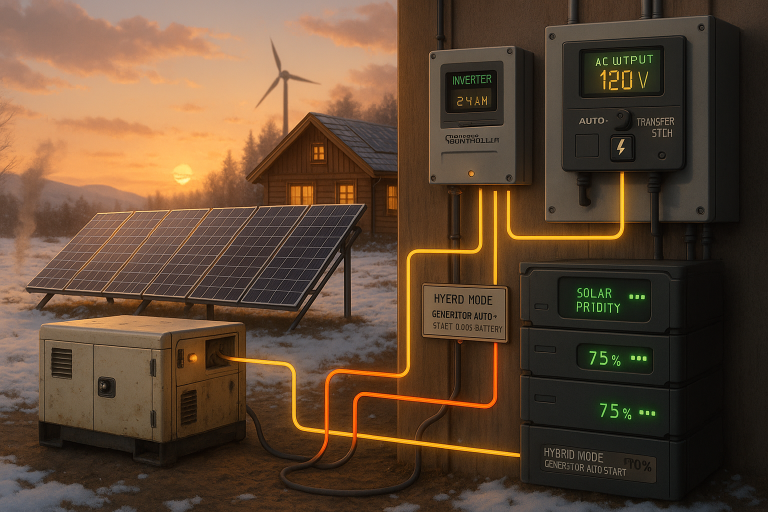Do You Need a Transfer Switch for a Generator?
When it comes to ensuring your home or business remains powered during an outage, a generator is an invaluable tool. However, using a generator safely and effectively requires more than just plugging it in and turning it on.
One of the most critical components of generator setup is the transfer switch—a device that ensures a seamless and safe transition of power from the utility grid to your generator. But do you really need a transfer switch for your generator? Let’s explore this question in detail.
What Is a Transfer Switch?
A transfer switch is a device that allows you to safely switch the source of electricity from your utility provider to your backup generator. It acts as a bridge between your home’s electrical system and the generator, ensuring that only one power source is active at any given time. This prevents dangerous situations like backfeeding, where electricity flows back into the utility lines, potentially endangering utility workers or damaging equipment.
There are two main types of transfer switches:
- Manual Transfer Switches: These require you to manually switch the power source when an outage occurs. They are cost-effective and straightforward to install but require human intervention to activate.
- Automatic Transfer Switches (ATS): These switches automatically detect a power outage and transfer the load to the generator without any manual input. Once utility power is restored, they switch back to the grid. While more expensive, they offer convenience and peace of mind, especially during prolonged outages.
Why Do You Need a Transfer Switch?
While it might be tempting to plug your generator directly into an outlet or use extension cords, doing so is not only inconvenient but also unsafe. Here are several reasons why a transfer switch is essential:
1. Safety First
The primary reason for installing a transfer switch is safety. Without one, there’s a risk of backfeeding—when electricity flows from the generator back into the utility lines. Backfeeding can create life-threatening hazards for utility workers who may be repairing the grid, as well as damage sensitive equipment. A transfer switch eliminates this risk by ensuring that only one power source is active at a time.
2. Convenience and Efficiency
With a transfer switch, you can power your entire home or specific circuits directly from the generator, eliminating the need for multiple extension cords. This is particularly useful if you want to run appliances like your refrigerator, HVAC system, or sump pump, which cannot be powered through standard outlets.
3. Compliance with Electrical Codes
In many areas, local building codes and regulations require the use of a transfer switch when connecting a generator to your home’s electrical system. Failing to comply with these codes can result in fines, insurance complications, or even legal liability in the event of an accident.
4. Protection for Your Appliances
Running appliances through improper wiring or overloaded extension cords can lead to voltage fluctuations, which may damage sensitive electronics. A transfer switch ensures a stable and consistent flow of electricity, protecting your devices from harm.
5. Future-Proofing Your Setup
Even if you currently use a small portable generator, investing in a transfer switch now can save you time and money down the line. If you decide to upgrade to a larger generator or install a permanent standby unit, the transfer switch will already be in place.
When Can You Skip a Transfer Switch?
While a transfer switch is highly recommended, there are a few scenarios where it might not be strictly necessary:
- Small Portable Generators for Limited Use
If you’re using a small portable generator to power a few essential devices (like lights or a refrigerator) via extension cords during short outages, you may not need a transfer switch. However, this approach has significant limitations and should only be considered for temporary, minimal usage. - Recreational or Remote Applications
For generators used in recreational settings, such as camping or construction sites, a transfer switch is typically unnecessary since these environments don’t involve connection to a utility grid.
That said, skipping a transfer switch should only be done after carefully considering the risks and limitations. Even in low-power scenarios, improper use of a generator can still pose safety hazards.
How to Choose the Right Transfer Switch
If you’ve decided that a transfer switch is the right choice for your generator setup, here are some factors to consider when selecting one:
- Size and Capacity
Ensure the transfer switch matches the wattage capacity of your generator. Undersized switches can overload and fail, while oversized ones may be unnecessarily expensive. - Type of Switch
Decide whether you want a manual or automatic transfer switch based on your budget, convenience preferences, and the level of automation you desire. - Number of Circuits
Determine how many circuits you want to power with the generator. Some transfer switches allow you to prioritize critical circuits (e.g., fridge, furnace) while leaving non-essential ones offline. - Professional Installation
Transfer switches should always be installed by a licensed electrician to ensure compliance with local codes and proper functionality. Attempting a DIY installation can lead to costly mistakes or safety issues.
Cost Considerations
The cost of a transfer switch varies depending on its type, size, and complexity. Manual transfer switches are generally more affordable, ranging from $200 to $500, while automatic transfer switches can cost anywhere from $500 to $2,000 or more. Professional installation fees may add another $500 to $1,500, depending on the complexity of the job.
While the upfront cost may seem high, the investment pays off in terms of safety, convenience, and long-term reliability. Additionally, some homeowners may qualify for tax credits or rebates for installing backup power systems, further offsetting the expense.
Conclusion
In summary, a transfer switch is a vital component of any generator setup designed to power a home or business during outages. It ensures safety, compliance with regulations, and efficient operation of your generator. While it may be possible to skip a transfer switch in limited scenarios, doing so comes with significant risks and drawbacks.
If you’re serious about preparing for power outages and maximizing the utility of your generator, investing in a quality transfer switch is a smart decision. Not only does it protect your family, property, and appliances, but it also provides peace of mind knowing that your backup power system is reliable and up to code. Always consult with a professional electrician to determine the best solution for your specific needs and ensure a safe, seamless installation.
By prioritizing safety and efficiency, you can rest assured that your generator will perform exactly as needed when the lights go out.



